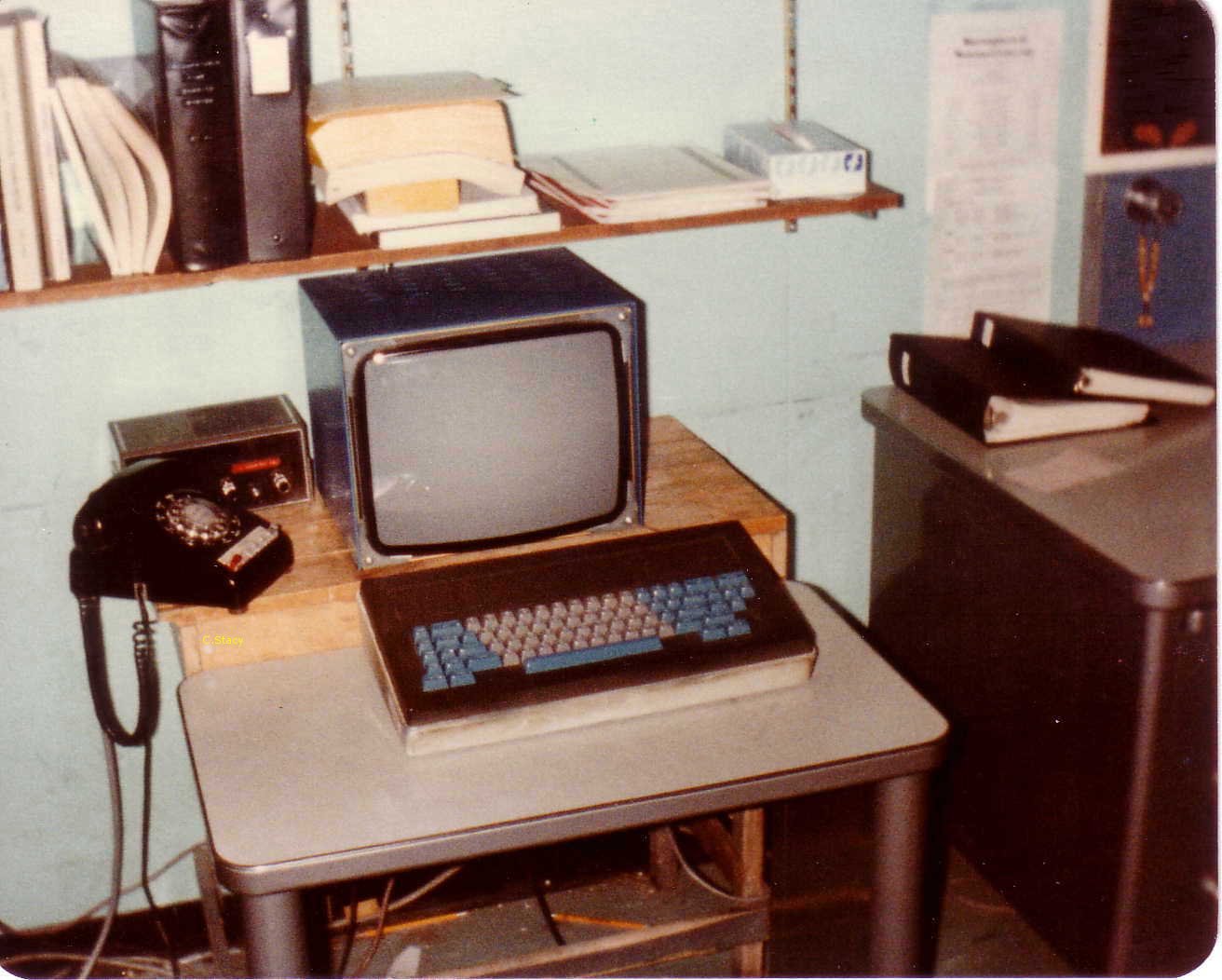-
Notifications
You must be signed in to change notification settings - Fork 85
Knight TV and keyboard
For many years, the primary way to access Al was from the Knight TV terminal system, which was designed by Tom Knight.
The Knight TVs are bit-mapped frame buffer displays controlled by a small PDP-11. The TV-11 is connected to the PDP-10 via a special PDP10-to-PDP11 interface which allows the PDP-11's memory to be mapped into the PDP-10. A Knight TV console consists of a CRT display, and a keyboard similar to those on the SAIL TV system used at Stanford. -- Getting Started


Tom Knight wrote:
Prof. John McCarthy was visiting faculty at MIT, probably in 1972. He was instrumental in pushing us to do a TV system. The availability of “cheap” semiconductor memory (from the available Intel 1103 1Kx1 DRAM) was also an essential idea. We were (justifiably) concerned about reliability issues. Using them as a bitmap allowed us to test them out in a non-critical application. Sprinkles of bits on a bitmap are not a fatal issue, and we encountered problems of that kind.
The keyboard was definitely inspired by the Earnest Stanford keyboard. We added some additional “control” keys, hyper and super. We kept lower case parans for Lisp. We kept rubout to the left of A. We replaced their key switch with the Microswitch hall-effect high reliability switch.
A major motivation for all of this was to bring up the SUDS system of hardware design. It was first brought up on the 340 display, but it was important to expand the ability of it to other displays.
All of this was also dependent on the 10/11 interface. This key hardware was essential for the XGP, the TVs, and for the debugging of the lisp machine. It allowed a PDP-10 program to read and write PDP-11 memory, including with user-level programs.
The who-line was also a key idea copied from SAIL. One of the most important features was not the actual “who” information, but a single line on the bottom of the screen, which was used as a “run” bar. When a user process was actually running, the bar showed that. Similarly, there was an indication of disk-wait and network-wait. This is a feature that has been lost to history, and I really miss it on modern machines. It would be trivial to implement, but no one does it.